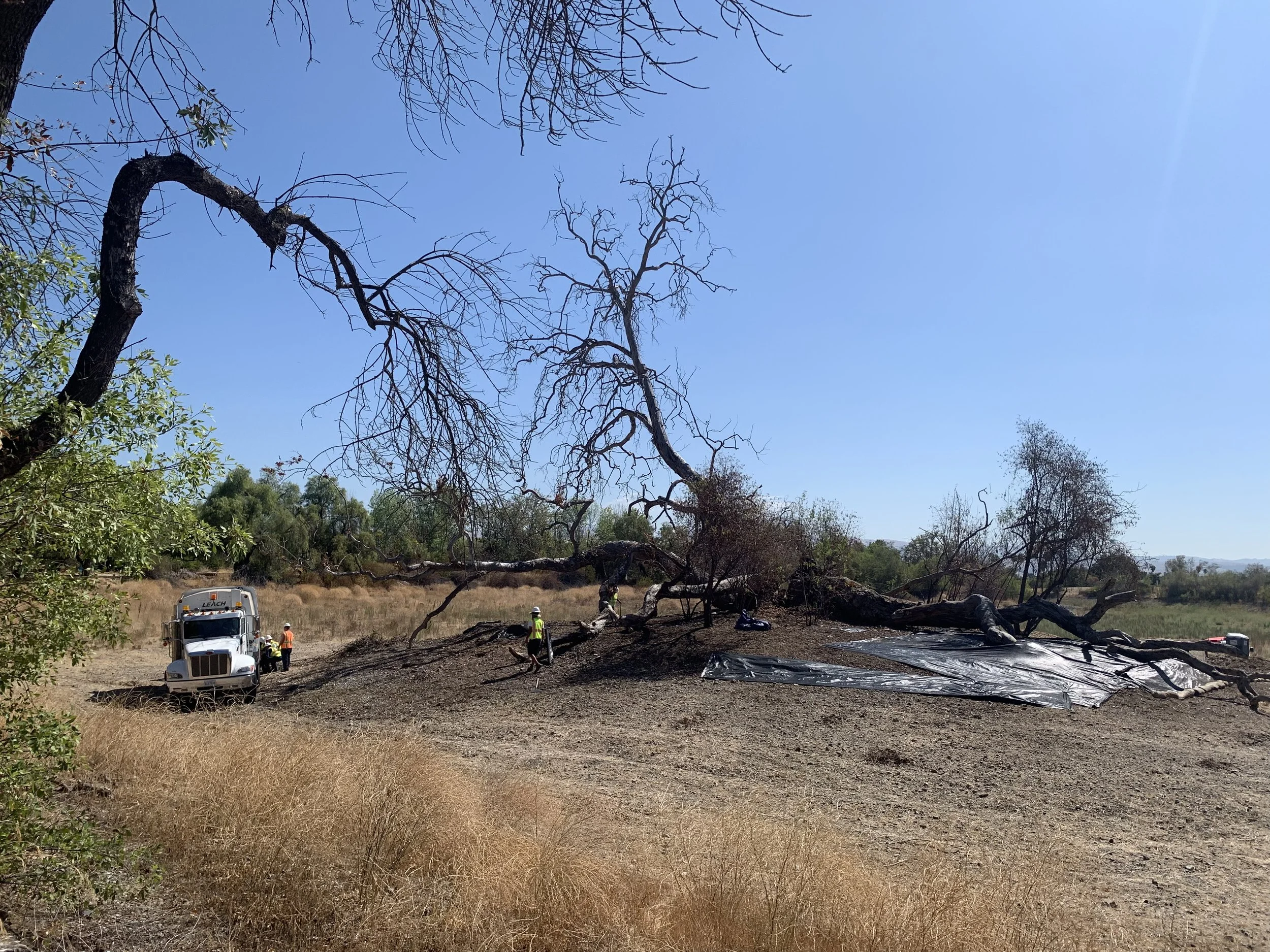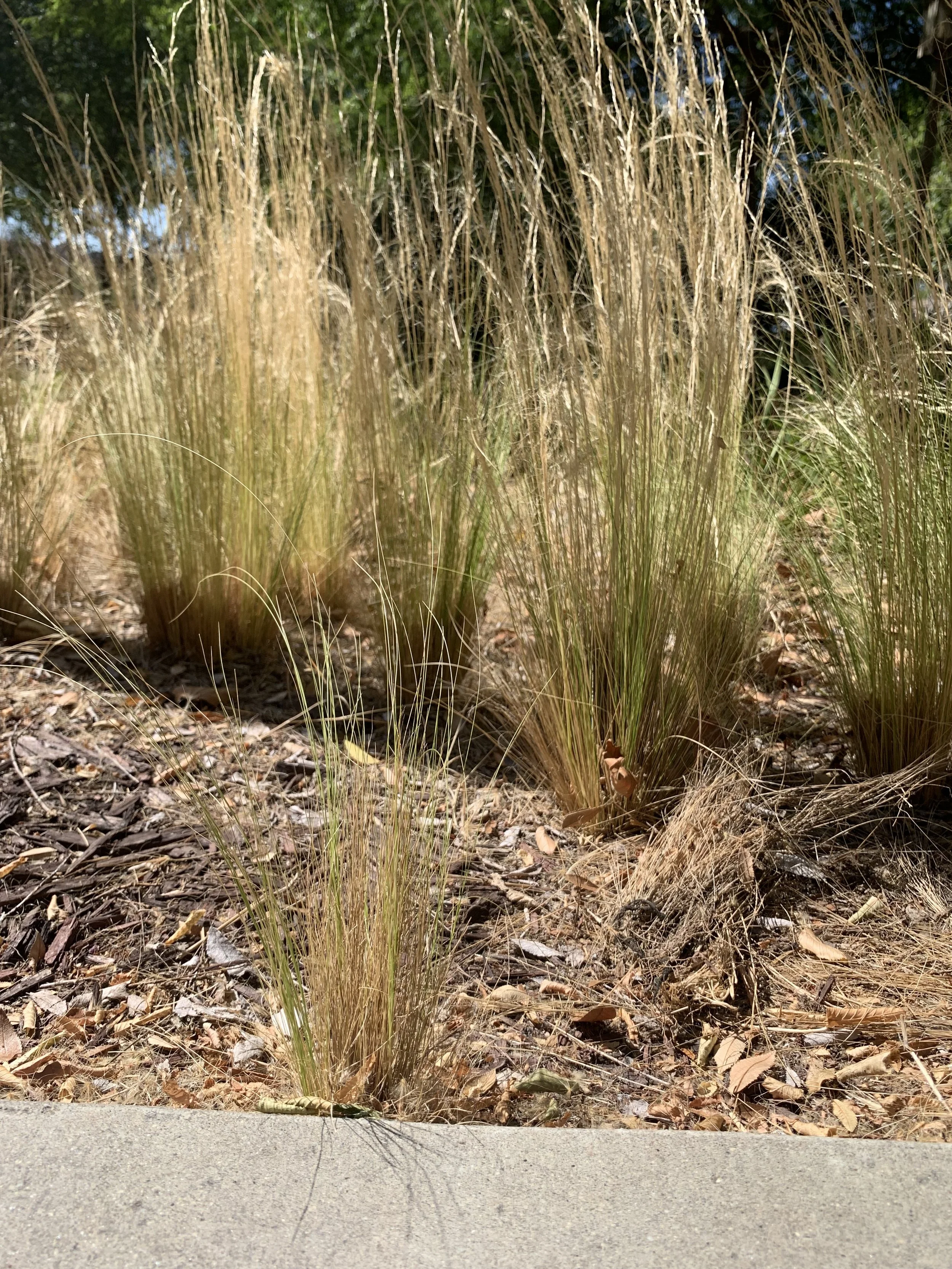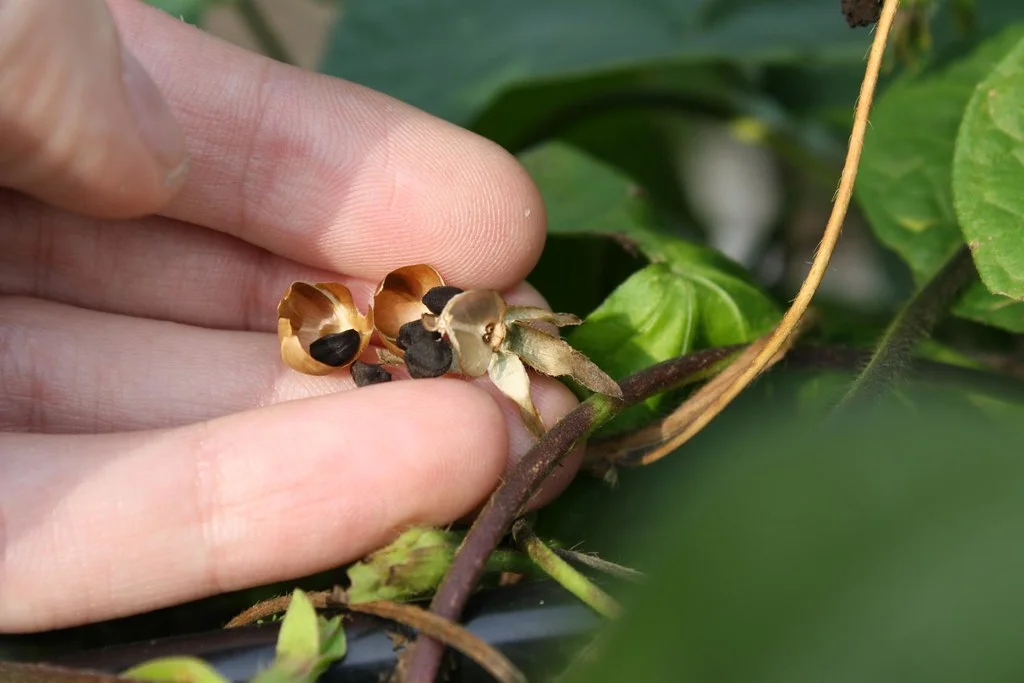A landscape project can be overwhelming, especially when you are trying to be as sustainable as possible. Luckily, ReScape California - an advocate and expert in the creation of renewable landscapes throughout our beautiful state - has created an amazing set of 8 Principles for Regenerative Landscapes that can be used to guide you through the process. To design and maintain landscapes that help protect and enhance our local watersheds, practice the following principles, as defined by ReScape California:
1. Act Local
recognizes that built landscapes are a part of the larger ecosystem of the San Francisco Bay watershed and that they can contribute to it’s health if designed and maintained using sustainable practices.
2. Reduce Waste
means that we should reduce waste by choosing the right plants, avoiding invasive plant species, using recycled and salvaged products in the landscape and by composting, mulching and grasscycling plant debris.
3. Nurture Soil
soils are living ecosystems and when landscape practices allow the soil food web to thrive it can filter pollution, store water, provide plant nutrients, and help plants resist pests naturally.
4. Sequester Carbon
recognizes that healthy vegetation works together with soil rich in organic matter and beneficial microorganisms to remove carbon dioxide from the air and store it as soil carbon, an important strategy for addressing climate change.
5. Conserve Water
means using a holistic approach of creating drought resistant soils with compost and mulch, selecting plants naturally adapted to summer-dry climates, using stormwater, greywater and recycled water in the landscape as much as possible and using efficient irrigation systems that include self-adjusting, weather-based controllers.
6. Conserve Energy
by reducing the need for mowing and shearing, by shading buildings and paved areas, using efficient outdoor lighting, and buying local landscape products.
7. Protect Water and Air Quality
through maximizing permeable surfaces and minimizing stormwater runoff, using integrated pest management, minimizing the use of synthetic pesticides and avoiding overuse of fertilizers, reducing fossil fuel consumption, and planting trees to remove CO2 and absorb air pollutants.
8. Create Wildlife Habitat
recognizes that biodiversity is crucial to the health of natural ecosystems and that by using native plants and increasing the diversity of plant palettes, our built landscape can provide food, water and shelter for birds, butterflies, beneficial insects and other creatures.
This whole system approach to landscaping and gardening is intended to work in harmony with the natural environment by fostering soil health, conserving water, sequestering carbon and protecting valuable resources while reducing waste and preventing pollution. ReScape offers comprehensive Landscape Training and Qualification Programs for professionals who wish to incorporate a sustainable, holistic approach to their business practices. To find a ReScape Qualified Professional in your area that specializes in either design, construction/installation, and/or maintenance, visit ReScape’s directory. Or, for you do-it-yourself folks, check out their community resources and free landscape standards guides. Creating and maintaining a sustainable landscape isn’t so overwhelming after all!










